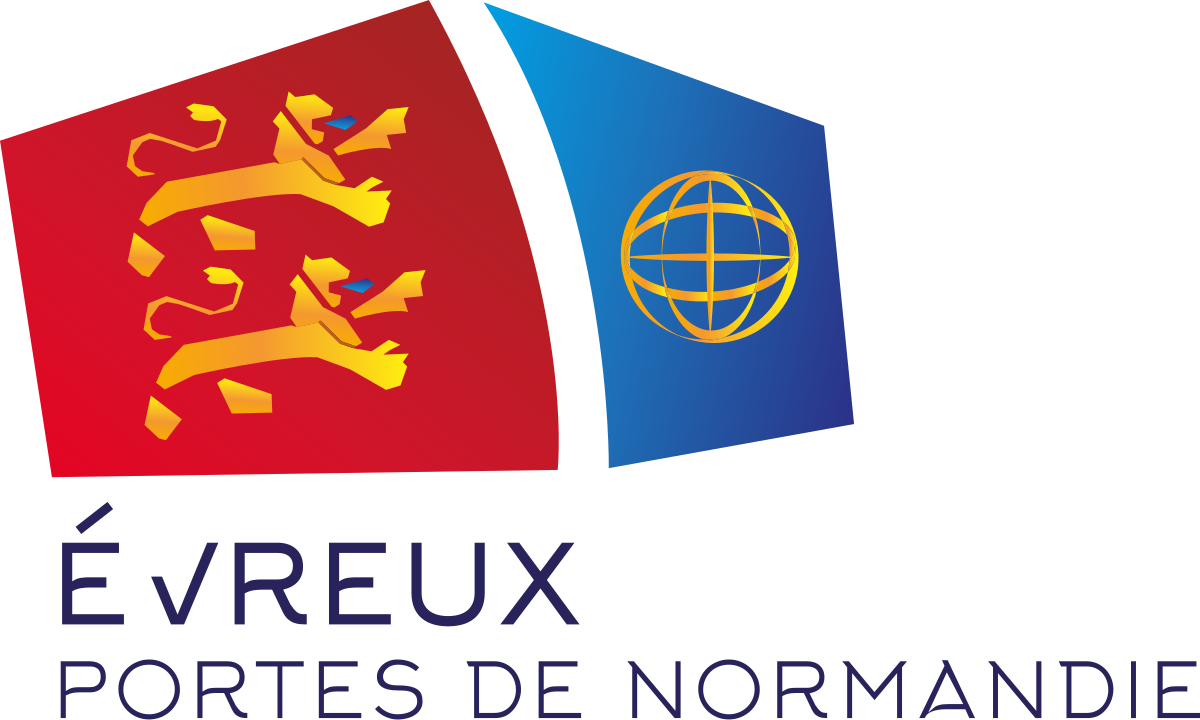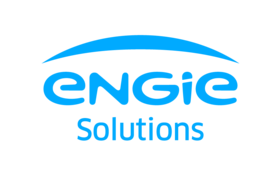Newsletter subscription
Article published in the magazine HYDROPLUS N° 211 - September-October 2012
Grand Evreux Agglomeration (GEA), which manages the water and wastewater services of 37 municipalities, operates around 200 km of separate rainwater and wastewater networks, 734 km of drinking water networks and water and wastewater facilities to provide drinking water supply and wastewater treatment for 80,000 inhabitants.
Supervision covers drinking water tanks, recovery stations, pressure stations, booster stations, drilling stations, sewage treatment plants, sand treatment unit and sectorisation meters. A total of 67 sites operated for sanitation, 23 of which are supervised, and 27 sites for drinking water, 25 of which are supervised.
In 2009, faced with changing needs and the limitations of the central remote surveillance system in place, the local authority launched a call for tenders for its renewal. As part of the contract, Egis Mobilité was then appointed as prime contractor.
The limitations of the system then in use are clearly identified in the specifications, in particular the general obsolescence of certain hardware and software such as communication front-ends or remote consultation tools.
In addition, the project manager observes the lack of user-friendliness and ergonomics of the synoptics and the non-automated management of changes to the existing supervision application, which results in the absence of automatic synchronisation between the different workstations when the application is modified.
Other problems include the lack of redundancy, automatic back-up and logbooks of interventions on supervision or local stations.
On-call management is based on old technologies such as minitel for consultation and limited application maintainability (untrained staff, strong dependence on integrators).
In addition, a certain number of prerequisites for the implementation of the new system are expressed by the contracting authority. The system must adapt to the constraints inherent to the state of the works: heterogeneity of the fleet of remote transmitters, means of transmission (radio, PSTN, ADSL, SMS, ...) between the supervision and the remote sites.
Constraints related to the evolution of the works must also be taken into account: construction of a new drinking water plant and a new wastewater treatment plant, connection of existing sites that are not remotely monitored, foreseeable increase in the number of works to be operated due to the extension of networks and taking into account sectorisation meters.
Without forgetting the operating constraints: sharing of the system between the two departments, taking into account common but also specific needs, securing the system to offer greater fault tolerance, remote access to the supervision for maintenance needs, use and modification of the supervision by non-IT personnel.
In order to meet all of its challenges, the Ondeo Systems-Ineo Tinea group of companies, the project integrator, proposed Areal's TOPKAPI supervision solution.
To meet the need for high availability of the system, the supervision architecture is based on 2 redundant acquisition servers physically hosted on 2 different buildings.
Redundancy operation allows, when one of the two servers fails, to switch automatically, without operator intervention, the corresponding processing on the other server.
Supervision data are combined in a single application for both services.
Two fixed, twin-screen heavy client stations are used to operate the drinking water and wastewater facilities and networks respectively. The on-call agents are equipped with laptop PCs with 3G keys and can therefore connect remotely to the supervision from any location, using either a Topkapi client access with a floating licence or a web access.
On-call management, i.e. the sending of messages in case of alarms to an operator by SMS or voice synthesis, is managed by Topkapi's integrated module in redundancy on each of the servers. The servers are permanently synchronised to update the on-call schedule and manage alarms.
Finally, for the management of operating data, Ondeo Systems has implemented its BDLT (Long Term Database) software, which enables data analysis and the formatting of operating reports.
The Topkapi supervision system received meets the requirements of the specifications point by point: it is open to a wide range of equipment on the market, is easy to handle by non-computer specialists, and has a secure architecture with high availability and reliability. In the same way, Topkapi was chosen to supervise the new GEA station at Gravigny (123,000 p.e.).
This application, which will be implemented at the end of 2011, is this time based on fully real-time automation. It can be accessed very simply by water and sanitation services from the stations already equipped. The structure of the TOPKAPI client/server architecture in distributed applications is in fact adapted to exchanges between remote stations and provides flexibility in deployment. A big advantage for the community which can now enter in a logic of standardisation of its supervision tools.
THE SUPERVISION OF GRAND EVREUX AGGLOMERATION IN FIGURES :
Main contractor: Egis Mobilité
Contract holder: Ondeo Systems Group - Ineo Tinea
Contract value: 204,000 € HT
Duration: 20 months
Supervision solution: TOPKAPI from Areal
2 redundant server stations
More than 3,500 variables supervised
2 heavy customers
2 simultaneous accesses per server via Open thin client workstation
3 simultaneous accesses per server via Web client station
Built-in redundant standby duty
More than 50 sites are monitored: Sofrel, Wit, Omron, ...
Communication media: Ethernet, radio, PSTN, ADSL, SMS
See the article published in the magazine HYDROPLUS N° 211 - Sept/Oct 2012
https://www.topkapi-scada.com/sites/default/files/documents/Scada/Hydroplus-Sept2012-article.htm




